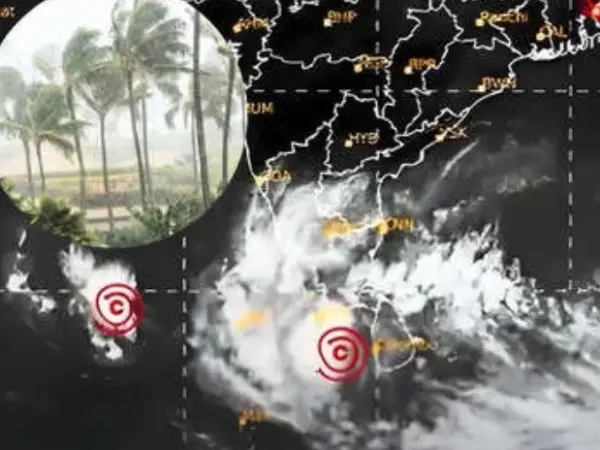Do you know that at one time, Japan printed Indian currency notes? It was not a ploy to send fake notes to India, but the circumstances were such that Japan had to take this step. The funny thing is that these notes were not printed in India but for today’s Myanmar and then Burma. You must have been surprised to read this. Today we will tell you the interesting story behind it.
Its connection is with the second world war. Then like India, Burma was also a colony of Britain. Japan and Britain were in two different factions during the war. World War started in Japan in 1939, and 1942, Japan pushed back the British army in Burma and captured it there. Burma remained under his control till 1944. During this time, there was a need for currency for trading activities or buying and selling goods. Due to British rule in Burma for many years, trade was made in Indian rupees only there. When Japan occupied there and formed a temporary government, it continued to use the same Indian rupees.
Japan printed Indian notes.
Japan printed notes of 1, 5 and 10 cents (money), 1, 5 and 10 rupees in 1942 to maintain the currency flow in Burma and gave them to Burma. In 1944, Rs 100 note was also printed. However, Japan surrendered in 1945. B was written on these currency notes. Its B meant Burma. In this era, there was a code written on every currency note of Japan. The code for the Burmese rupee was B.
How was the note
‘Government of Great Imperial Japan’ was written at the bottom of each note. Apart from this, a symbol was also printed by the Ministry of Finance of Japan. A glimpse of Buddhism was visible on these notes. Pictures of temples or Buddhist monasteries were also printed on them.
There was no value after surrender
In 1945, the US attacked Japan with an atomic bomb and Japan surrendered. In this way the second world war ended. After the end of the war and the surrender of Japan, this currency issued by him in Burma has no value and it is over. However, it is believed that today this currency is very valuable.





